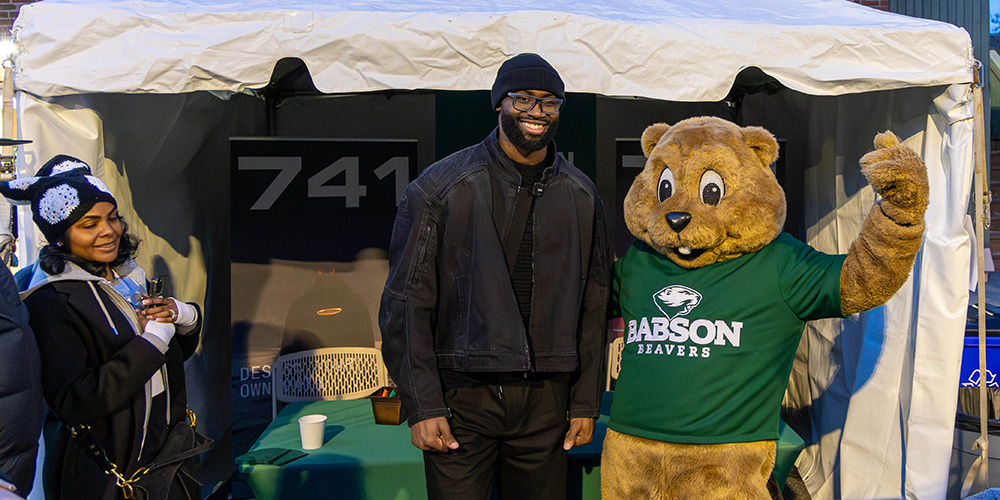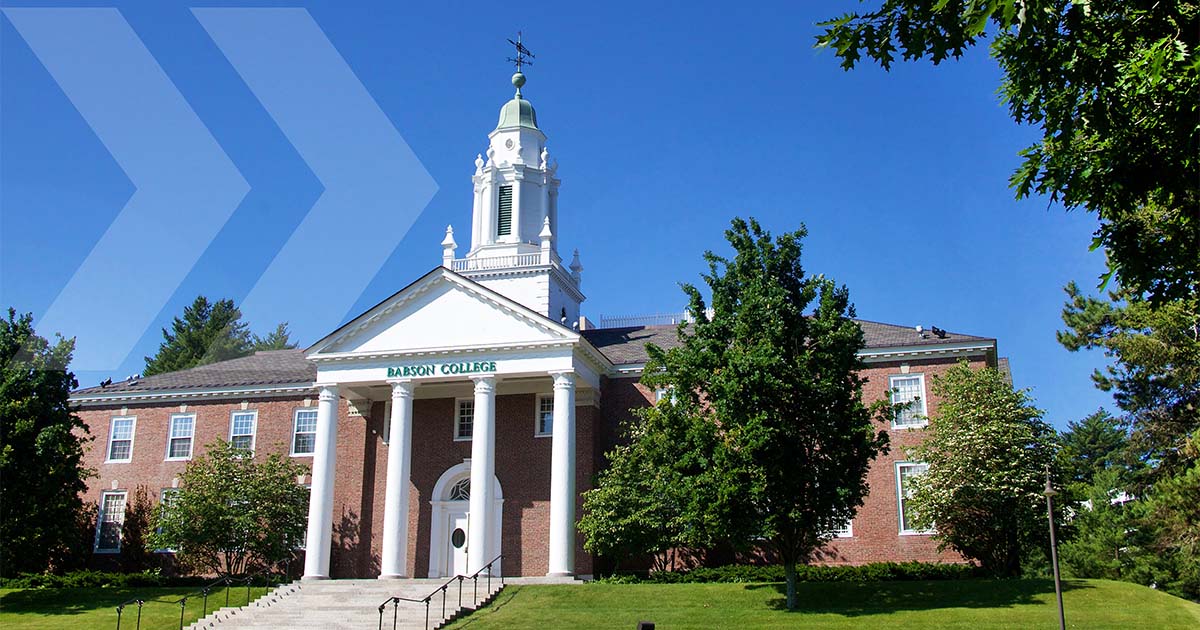The Fine Print on Job Creators: Part II

The American economy employs about 155 million workers.
Businesses employ about 106 million in the private sector. Local, state, and federal governments directly employ about 22 million nonmilitary workers, from teachers and firefighters to United States senators. That’s about 14 percent of total U.S. employment. Additionally, roughly 27 million people are agricultural workers, unpaid family workers, 15 million self-employed people, and others outside the broad statistical categories.
If you use the Small Business Administration’s definition of a small business employing fewer than 500 people, 98% of business establishments are small. They are not always the ones who create the most net jobs (more on that below). Establishments employing 1–49 workers make up 94% of U.S. companies, and employ 44.9% of the workforce or 48.5 million people. Of these, businesses employing 10–49 workers make up the lion’s share—29% of the overall total or almost 31 million Americans. Firms employing 50–499 workers are 4% of total establishments, employing 38.9% of private-sector workers, about 41 million people in all.
The largest companies, about 15,000 of them, employ more than 500 workers each and while they make up only 0.16% of business establishments, they employ 16.4% of the workforce – 17.4 million American workers. These are the businesses that get most attention in the press, because their sheer size (measured in sales, or market capitalization, or number of employees) means that decisions made by their leadership have an outsized impact on the economy. If Bob’s Garage goes bankrupt, Bob cares. If GE goes bankrupt, the world economy cares.
Here are the top five industries for employment, along with the number of workers each employs:
- Trade (including retail, transportation and utilities) – 24.3 million
- Education and health services – 19 million
- Professional and business services – 17 million
- Leisure and hospitality – 13 million
- Manufacturing – 12 million
That’s 85.3 million workers, more than half the American workforce. If we could track all economic activity in just these five industries, we’d get a pretty good picture of who the job creators are, right?
Alas, even that is not so simple. Once, Americans stayed in the same job with the same employer for life. They were easier to count that way. Nowadays, actually tracking who is creating jobs, who’s not, and even who’s destroying jobs is complicated by the fact that nobody, and no business, is static. Economically speaking, nobody stands in one place for long.
That movement is a great strength of the American economy. Part III of this series will discuss how to measure job creation when it’s a moving target.
WARNING: This article contains data from the Bureau of Labor Statistics. All data represent a momentary snapshot of an incredibly dynamic economy; a temporary glimpse of how the job market is constituted today. For ease of reading, numbers may be rounded. The bureau’s definitions of business size and industry were also used. Without such interpretation, we’d be here all day.
Editor’s Note: This post is part of our ongoing series on job creators.
Posted in Entrepreneurial Leadership





